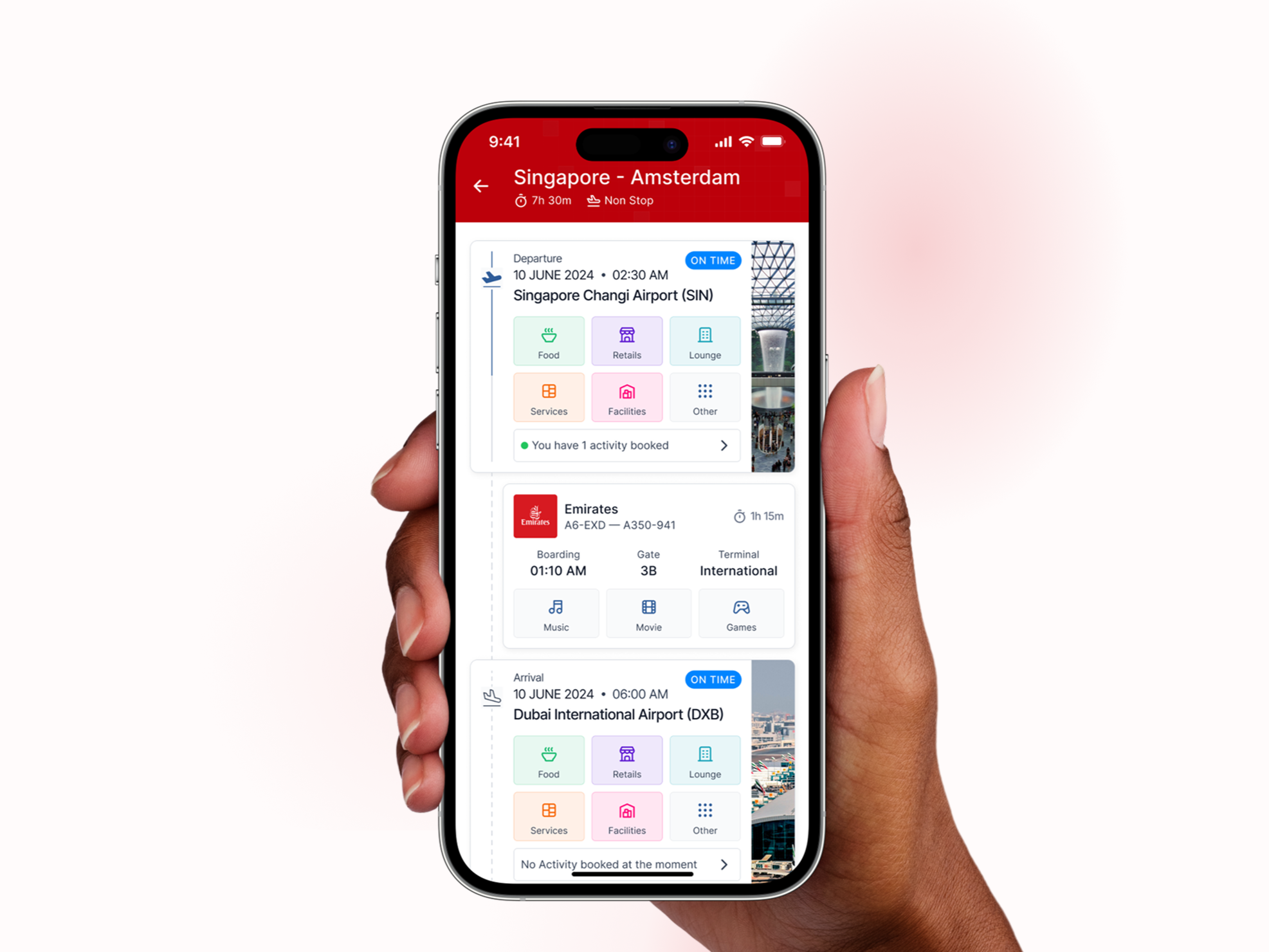Designing with ChatGPT: How AI Became My Favorite UI/UX Design Collaborator

Let's be honest, there's no such thing as a "typical day" for a UI/UX designer anymore.
One moment you're sketching wireframes for a fintech app, the next you're naming buttons, writing microcopy, presenting to stakeholders, or mapping a design system from scratch. And if you're solo or on a small team? You're likely juggling all of that and building a Notion board to keep it from imploding.
In this swirl of pixels and pressure, I found a surprisingly helpful co-designer: ChatGPT.
Not as a gimmick or trendy shortcut, but as a tool that's now quietly integrated into my process. From wireframe brainstorming to writing UX copy and even validating accessibility, ChatGPT has become a real collaborator, one that doesn't ask for coffee breaks or push pixel preferences.
Here's how I use ChatGPT in my UI/UX workflow today, and how you might bring it into yours.
From Brainstorm to Blueprint: Using ChatGPT for Early Design Thinking
One of the trickiest parts of designing isn't pushing pixels, it's defining what you're actually designing. Kicking off a new project often means a wall of ambiguity: user needs, business goals, and lots of "what if?" conversations.
This is where ChatGPT shines.
I'll prompt it with something like:
"Act as a product designer. I'm building a mobile app for new parents to track baby feeding, sleep, and growth. What should the key features be? What are common UX flows for this type of app?"
Seconds later, I've got a solid outline to play with. It's not perfect, but it's enough to break the ice and structure my own thinking. From there, I can turn its suggestions into sketches, user flows, or clickable prototypes.
Sometimes I even run follow-ups like:
"How can we reduce cognitive load for sleep-deprived users?"
And the results? Surprisingly grounded in usability heuristics and human-centered design principles.
UX Writing? Less Stress, More Spark
Writing microcopy isn't just about clarity, it's about tone, emotion, and timing. When I'm designing error states, empty screens, or tooltips, ChatGPT helps me go beyond "Submit" or "Something went wrong."
For example:
"Write friendly microcopy for a password reset screen on a meditation app."
ChatGPT might reply with:
"Take a deep breath, we've got you. Enter your email and we'll send you a reset link."
Is it perfect? Not always. But it gives me 3–5 stylistic directions instantly, which I can refine to match the brand voice.
Building User Flows (Without Figma... Yet)
While I still design in tools like Figma or Framer, I often start mapping user flows right in ChatGPT. I'll describe the app concept and ask:
"Map a simplified user flow for booking a fitness class in a mobile app. Include edge cases."
The output becomes my checklist, helpful for planning screens before diving into the canvas.
I also test flows by role-playing:
"You're a new user. Try to book a class, but the time slot is already full. What happens next?"
It helps simulate UX pain points I may not have thought of yet.
ChatGPT + Figma: The Real-Time Power Combo
Once I'm inside Figma, I still keep ChatGPT nearby, especially for:
-
Naming components
-
Documenting design decisions
-
Writing quick annotations for dev handoff
It also helps me critique my designs.
I'll paste a description and say:
"Review this UI: A dashboard showing recent orders, with filters and charts. How can I improve usability and hierarchy?"
The AI might remind me to group filters logically, emphasize key metrics, or contrast primary vs. secondary buttons. These are things I know, but the extra prompt gives me a moment to pause and look again, with purpose.
Accessibility Checks You Didn't Know You Needed
I recently asked ChatGPT:
"How can I make sure my mobile sign-up flow is accessible to users with visual impairments?"
It responded with a checklist: color contrast, focus order, screen reader-friendly labels, and alternatives for icons. It's not a full audit, but it's a thoughtful second set of eyes before heading into a formal check.
It's Not About Skipping Steps, It's About Designing Smarter
Here's the thing: ChatGPT isn't here to replace your intuition, creativity, or design sense.
It's here to:
-
Give you a head start
-
Offer second opinions
-
Suggest alternatives when you're stuck
-
Speed up the boring stuff so you can focus on the bold ideas
Whether you're mid-sprint or noodling a portfolio project, having AI in your corner is like having a super-fast intern who knows a lot but still lets you make the final call.
Try This Prompt: A Mini Guide for Designers
To help you get started, here are a few ready-to-copy prompts:
-
"Act as a UX researcher. I'm designing a language learning app for teens. What usability issues should I look out for?"
-
"Write friendly error messages for a form with missing required fields."
-
"Suggest 5 ways to simplify the onboarding process for a task management tool."
-
"How do I design a dark mode toggle that's accessible and intuitive?"
-
"Write microcopy for an upsell modal encouraging users to try the Pro plan."
Use them as-is or adapt them to your voice and needs.
Final Thought: You're Still the Designer
At the end of the day, the magic of UI/UX design isn't in the tools, it's in the decisions. ChatGPT won't solve everything, and it won't replace your design gut. But it will help you get unstuck faster, explore more directions, and sharpen your thinking in a way that feels collaborative, not artificial.
So, if you haven't already, open a new tab, fire up ChatGPT, and let it sit beside Figma like a quiet design buddy. Ask it something weird. Something specific. Something small.
You might just find that your next breakthrough starts with a prompt.
More from Enamo Studios
Enamo Studios is a design-driven creative studio focused on art direction, graphic design, and digital product development.

